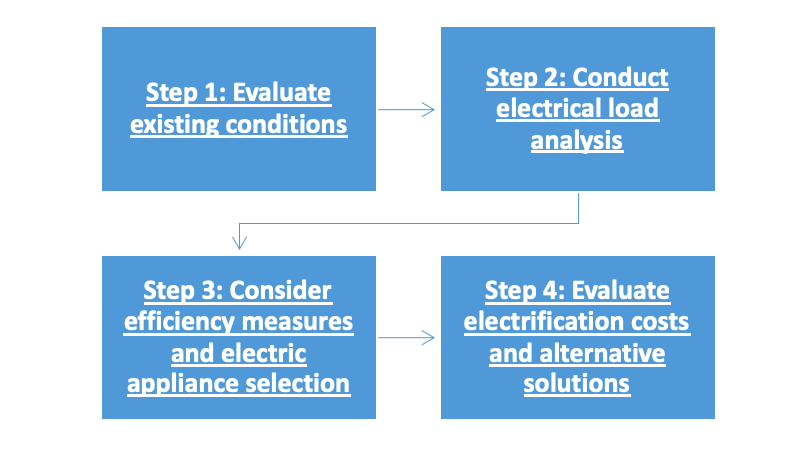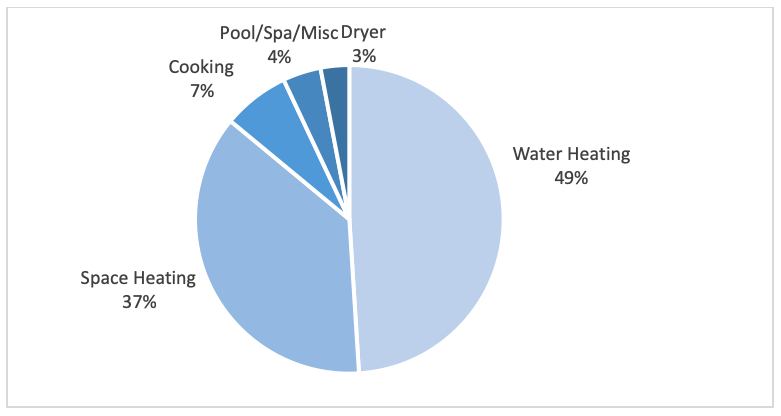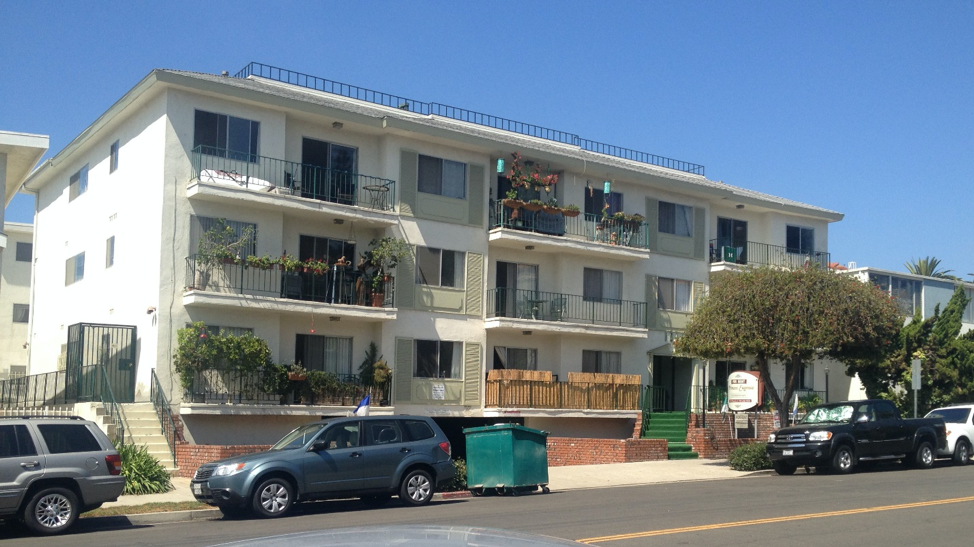November 19, 2020
Topic
The electrification of existing multifamily buildings is critical to achieving California’s decarbonization goals and reducing the impact buildings have on climate change. In the existing multifamily building sector, natural gas fueled space heating and water heating systems currently predominate. However, technology innovations and mainstream adoption of heat pump technology have the potential to rapidly accelerate the transition away from fossil fuel powered equipment. In addition to the societal and environmental benefits of decarbonization and electrification, switching to all-electric systems and appliances can provide both renters and owners with significant benefits, including reduced energy use, lower utility costs, increased resilience, and better indoor air quality.
To accelerate the electrification of California’s multifamily building sector, StopWaste and the Association for Energy Affordability (AEA) have written Electrifying Existing Multifamily Buildings: Policy and Technical Considerations, a first-of-its-kind report that provides a roadmap for evaluating the feasibility of electrification projects. The report was funded by a Local Government Challenge grant from the California Energy Commission.
The report is intended as a resource for local government and energy program staff looking to design existing multifamily building electrification pilot programs. It can also help building owners and managers determine if their properties are suitable for electrification. And it can serve as a guide for general contractors and electricians working on specific technical aspects of electrification, including infrastructure upgrades and equipment specification.
The first part of the report provides an overview of California’s decarbonization and electrification policy landscape with recommendations to accelerate electrification readiness. Part Two, the meat of the report, provides step-by-step technical guidance on assessing existing conditions to determine electrification feasibility, conducting electrical load analyses, recognizing the role of building efficiency upgrades in the electrification process, and choosing electric appliances. The report also includes high-level cost information for typical electrification projects, as well as alternative solutions and emerging technologies that can help make electrification more cost effective.

Electrification in the existing multifamily building sector has unique challenges because of the diversity of buildings and system types and the prevalence of natural gas systems and appliances. For most projects, the decision makers will have to take into account considerations specific to small, residential-sized unitary (in-unit) systems that serve a specific area or single dwelling unit as well as considerations specific to for large, commercial central systems that serve whole buildings or larger areas.
As shown in the figure below, space heating and water heating systems account for 86 percent of natural gas usage in California’s multifamily building sector. Electrification of these systems will have the greatest impact on carbon reduction. However, electrification should span all categories listed in the figure because benefits go beyond carbon reduction. For example, replacing gas cooking appliances like ovens and stovetops with electric appliances increases safety and improves residential indoor air quality.

In addition to covering mainstream solutions like heat pumps for space conditioning and water heating, the report delves into alternative solutions and emerging. These include smart panels and smart splitters that can effectively increase electrical capacity without altering the existing electrical infrastructure and electric vehicle (EV) dynamic load management systems that can reduce electrical capacity requirements, making installation of EV chargers more cost effective.
Electrifying Multifamily Buildings: Policy and Technical Considerations provides a solid foundation for understanding the current conditions, considerations, processes and tradeoffs in implementing electrification in the multifamily building sector. The report will be available for download from StopWaste’s website (stopwaste.org) by the end of this year. To be notified when it is available, please contact Ben Cooper at bcooper@stopwaste.org.





